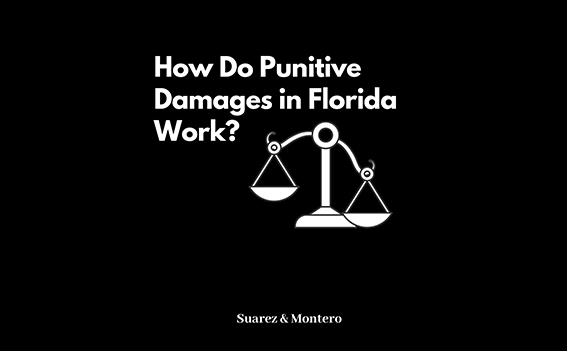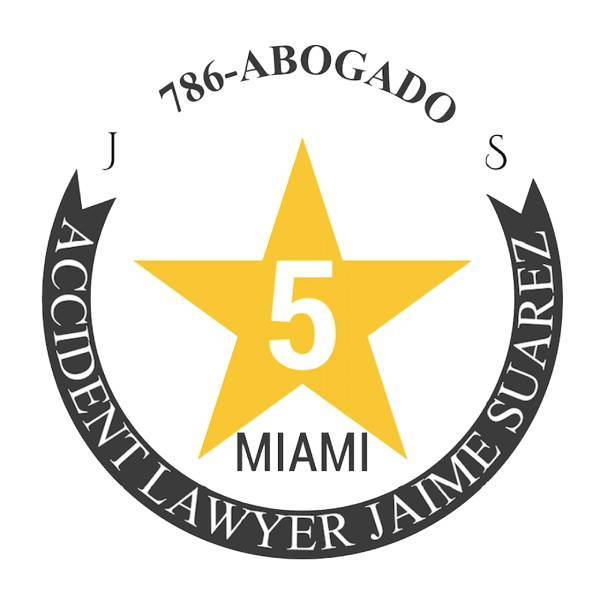
How Do Punitive Damages Work in Florida?
Unlike compensatory damages, punitive damages are concerned with the defendant rather than the plaintiff. In a civil case, damages exceeding the compensation that is necessary to make the plaintiff “whole” again may be awarded to punish the defendant for their conduct. They are intended to punish the defendant for its wrongful conduct and to deter future misconduct by the defendant and others that are similarly situated. These purposes are served only in cases where the defendant’s behavior transcends the level of ordinary negligence.
Most personal injury cases do not allow for punitive damages because in most personal injury cases, the defendant’s conduct is not found to be either grossly negligent or intentional. In those rare instances where there is a finding of gross negligence or intentional misconduct, Florida places a cap on the amount of punitive damages that may be awarded. The state of Florida limits punitive damages to three times the amount of the compensatory damages or $500,000, whichever is greater in most cases. Generally, punitive damages can be awarded in an amount up to the greater of $500,000.00 or three times the amount of compensatory damages in Florida. However, the amount of punitive damages may be greater upon proof that the conduct was motivated by unreasonable financial gain or specific intent to harm.
To be awarded punitive damages in a Florida personal injury case, a plaintiff must be able to prove, with the help of an experienced personal injury lawyer, by clear and convincing evidence that the defendant either acted with “gross negligence” or engaged in “intentional misconduct” pursuant to Fla. Stat. § 768.72. A defendant may be held liable for punitive damages only if a jury concludes that the defendant was personally guilty of “intentional misconduct” or “gross negligence.” To establish a defendant was grossly negligent, a plaintiff must prove “the defendant’s conduct was so reckless or wanting in care that it constituted a conscious disregard or indifference to the life, safety, or rights of persons exposed to such conduct.” Thus, the defendant must have acted with a sufficiently culpable state of mind. To prove intentional misconduct, a plaintiff must show that “the defendant had actual knowledge of the wrongfulness of the conduct and the high probability that injury or damage to the claimant would result and, despite that knowledge, intentionally pursued that course of conduct, resulting in injury or damage.” In laymen’s terms, it means that the defendant had actual knowledge of the wrongfulness of the conduct and the high probability that injury or damage to the claimant would result and, despite that knowledge, intentionally pursued that course of conduct, resulting in injury.
At the Law Offices of Suarez & Montero, we understand the nuances of personal injury law and can help assess what damages you will be eligible for. Contact us today for a free consultation!





